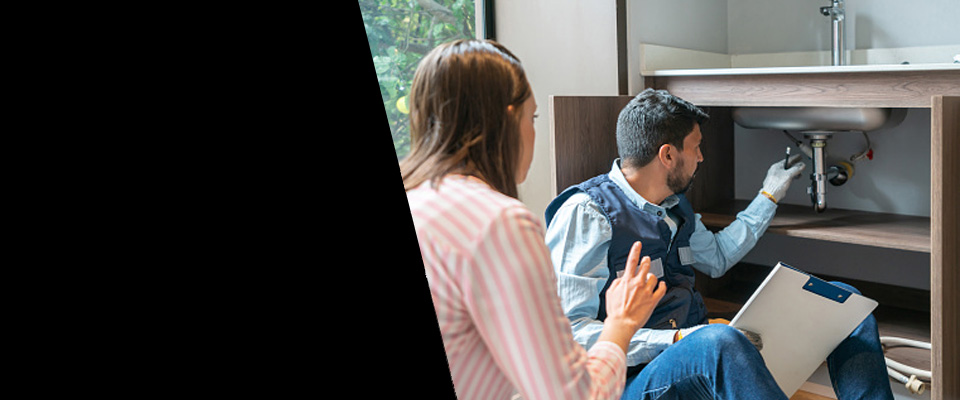Overflowing Toilets Plumbing Services in Gwynn Oak, MD
Gwynn Oak Overflowing Toilets Experts ready now in Baltimore County
Overflowing Toilets offers an emergency plumbing service that addresses sudden overflows and component malfunctions. Technicians assess causes such as clogs, faulty fill valves, or sewer line issues, and take corrective action to resolve overflow and clean the premises. This service is essential for ensuring sanitation and structural safety
We provide top notch Plumbing services throughout Baltimore County. Whether you need help with Overflowing Toilets or other issues, our Team is ready.
Plumbing Services in Gwynn Oak, MD
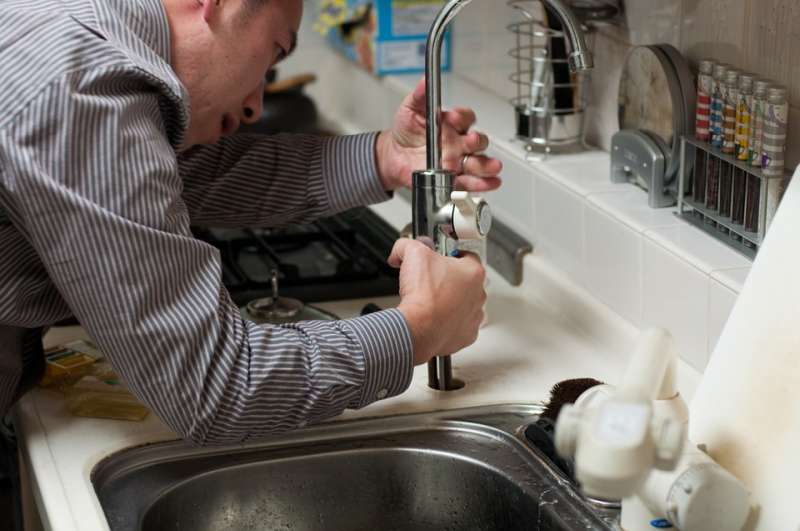
Appliances
Installing dishwashers, water heaters (tank and tankless), waste disposal unit, and cleaning devices.

Backflow Testing and Prevention
Guaranteeing backflow prevention devices are working correctly.
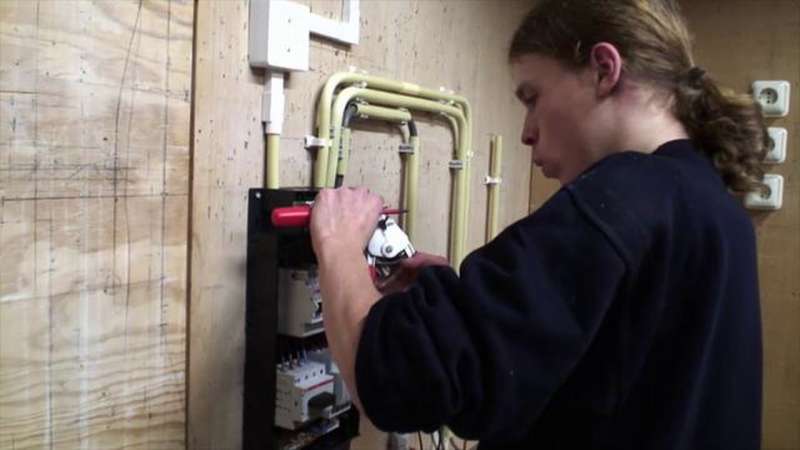
Bathroom and Kitchen Remodeling
Moving or upgrading plumbing systems.
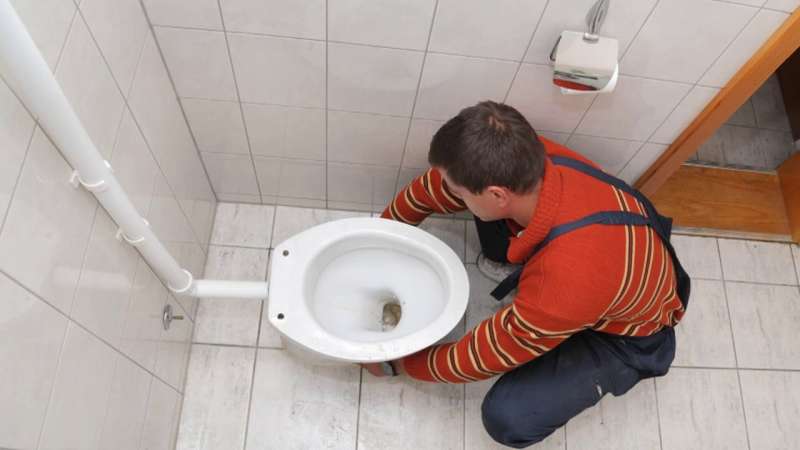
Building Code Compliance
Making sure plumbing systems satisfy regional regulations.
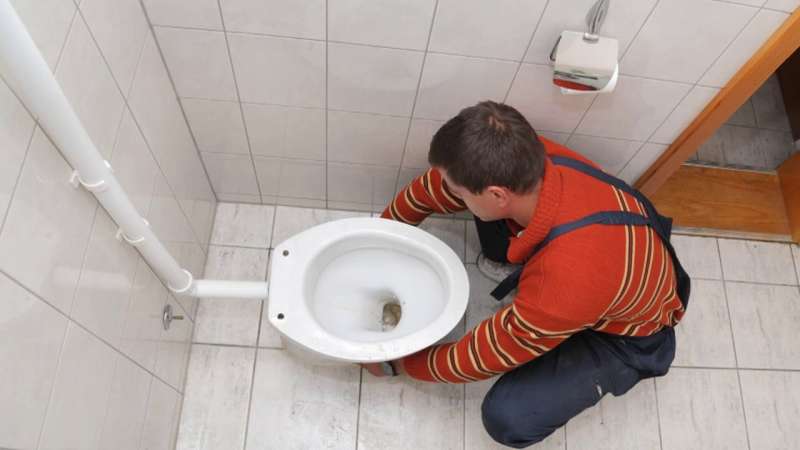
Burst Pipes
Immediate reaction to prevent flooding and water damage.
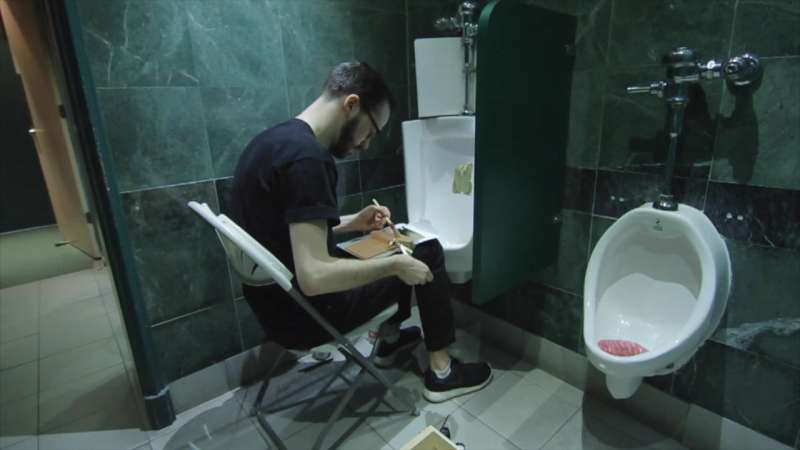
Clogged Drains
Clearing clogs in sinks, toilets, showers, and sewage system lines.
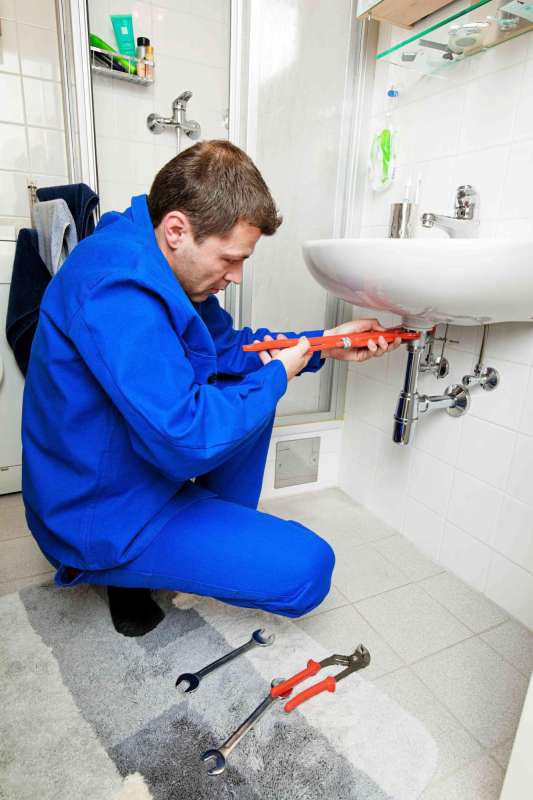
Drain Cleaning
Routine cleansing to prevent clogs and keep flow.
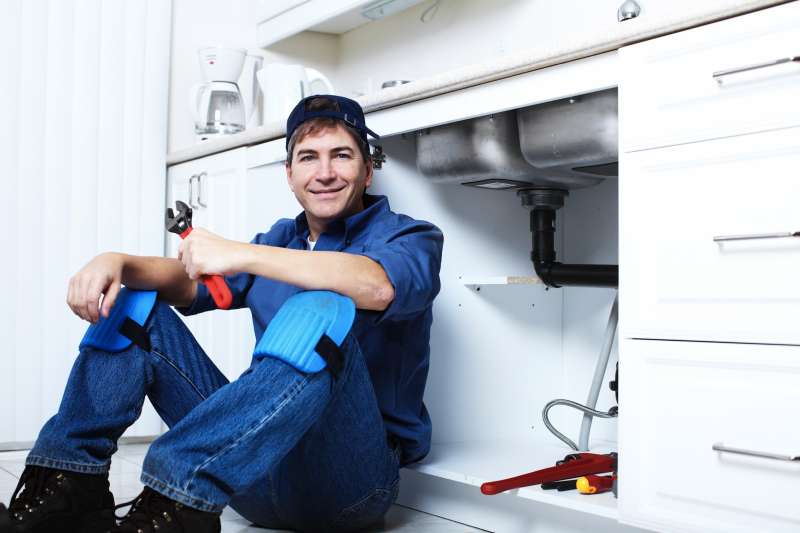
Fixture Repairs
Fixing malfunctioning faucets, toilets, and other components.
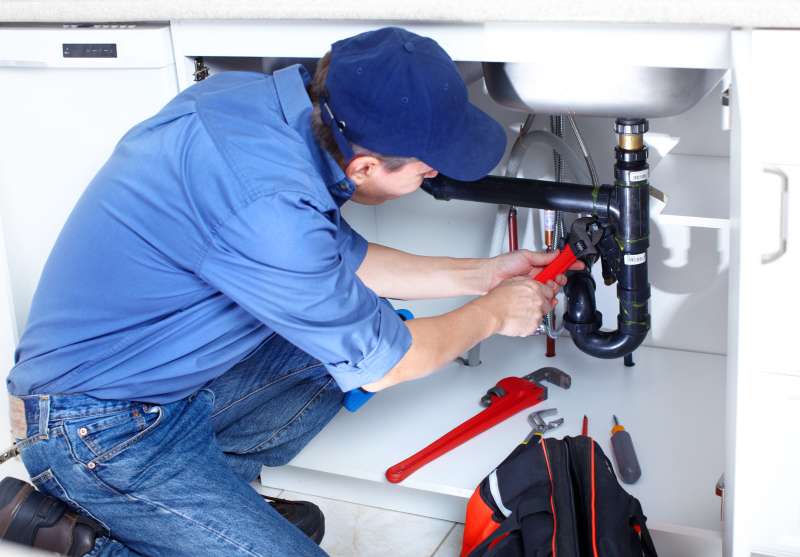
Fixtures
Installation of sinks, faucets, toilets, bathtubs, and showers.

Gas Leaks
Emergency detection and repair to prevent risks.

Gas Line Repairs
Fixing gas leaks and guaranteeing proper gas line working.
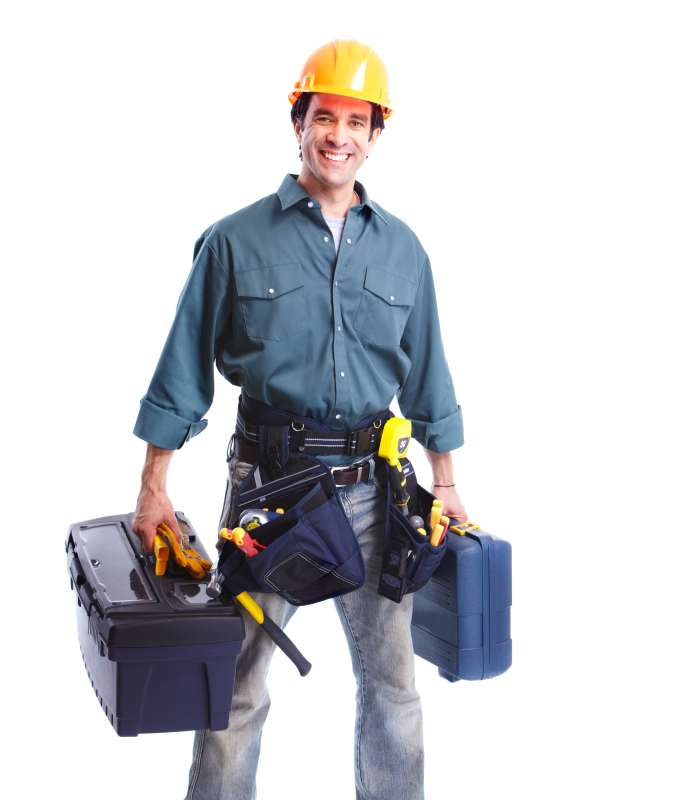
Greywater Recycling Systems
Setting up systems for reusing family wastewater.
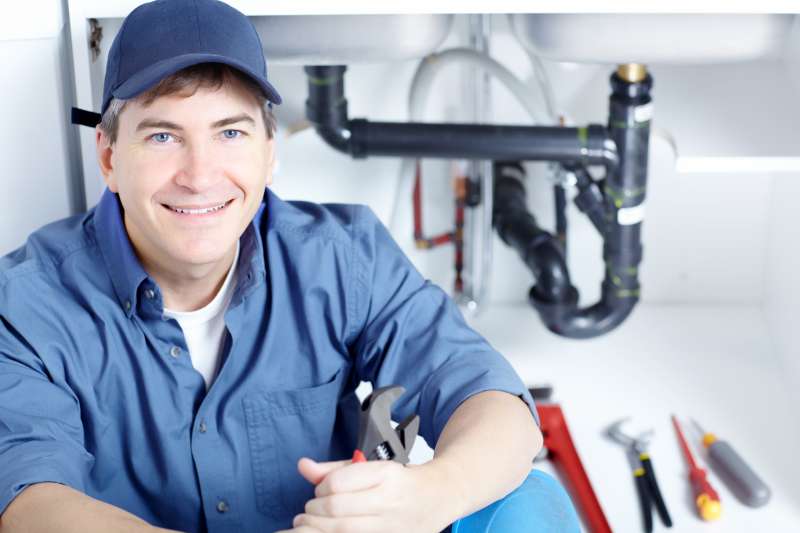
Hydronic Heating
Installing and keeping radiant flooring heater.
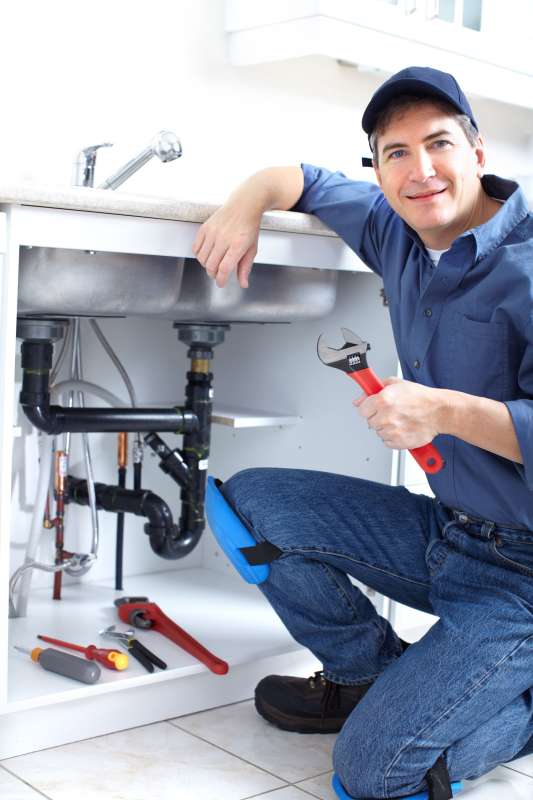
Industrial Pipework
Specialized piping for factories or industrial settings.
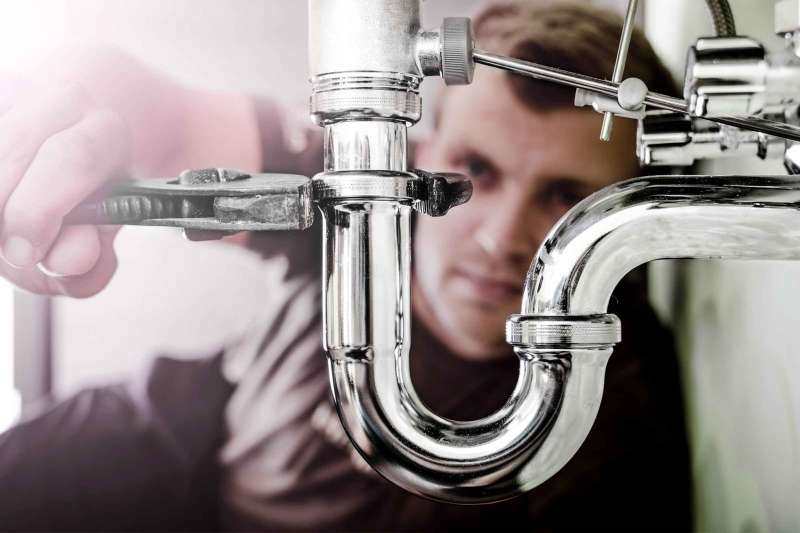
Irrigation Systems
Installing and keeping outside irrigation.
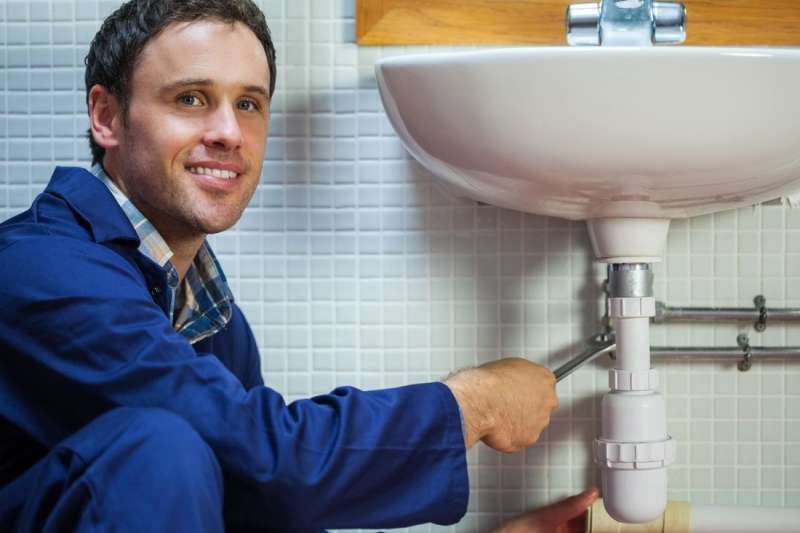
Large-scale Installations
Plumbing systems for brand-new structures or renovations.
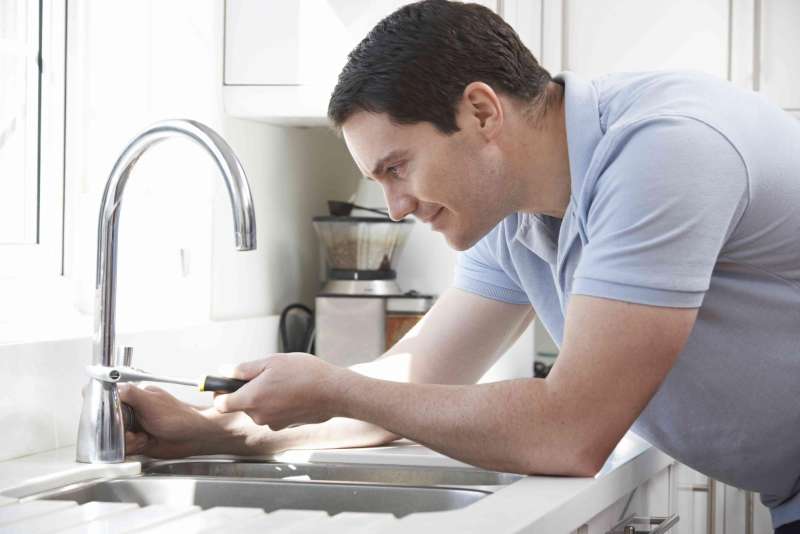
Leak Detection and Repair
Fixing leakages in pipes, faucets, toilets, and devices.
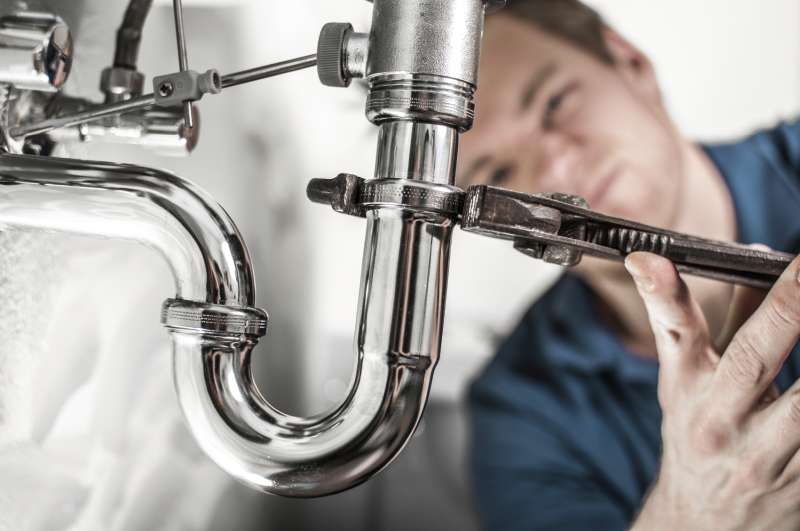
Overflowing Toilets
Quick resolution of serious blockages and overflows.
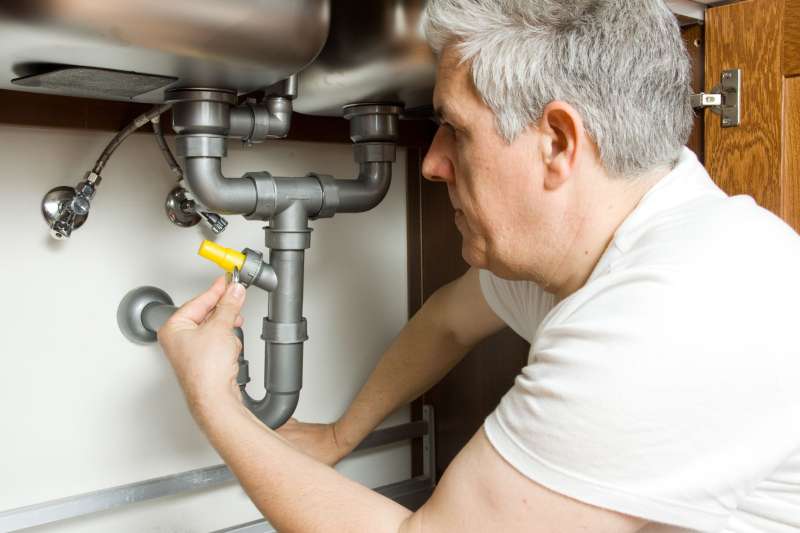
Pipe Inspections
Using cameras to inspect pipelines for damage or clogs.
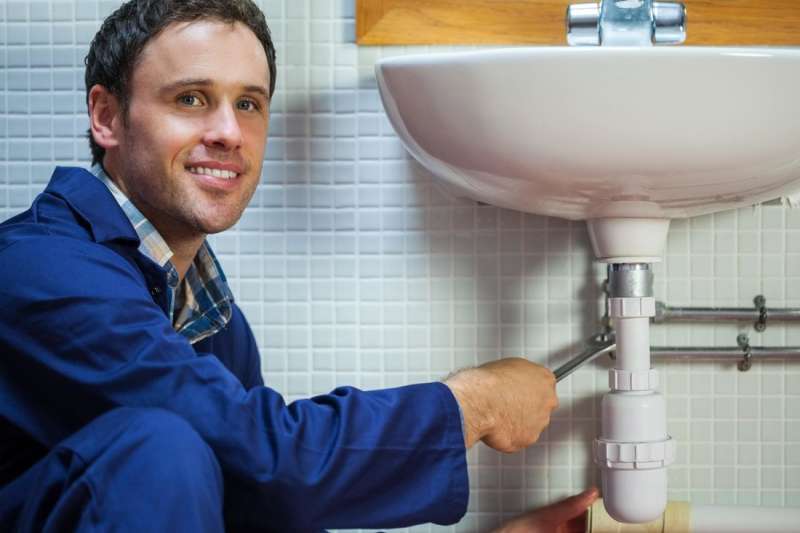
Pipe Repairs
Repairing or replacing burst, worn away, or harmed pipelines.
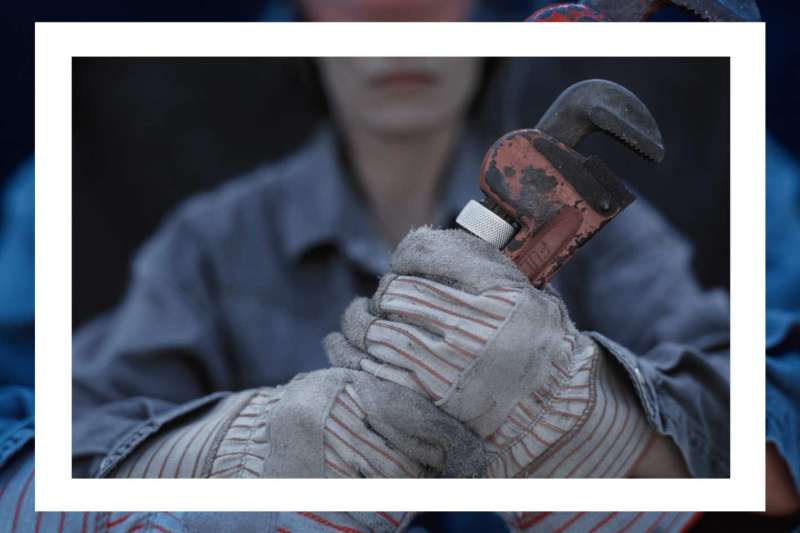
Pipes and Fittings
Setting up new piping systems for water, gas, and drainage.
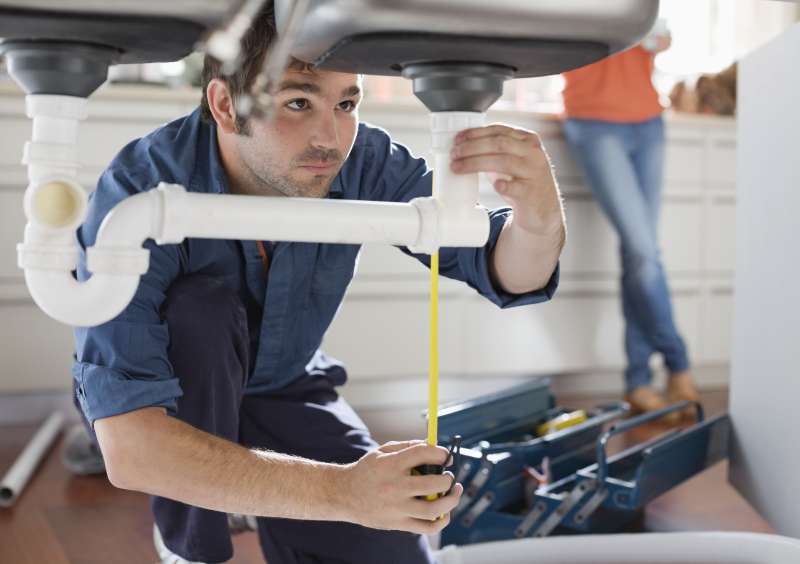
Pre-Purchase Inspections
Assessing plumbing systems before purchasing residential or commercial property.
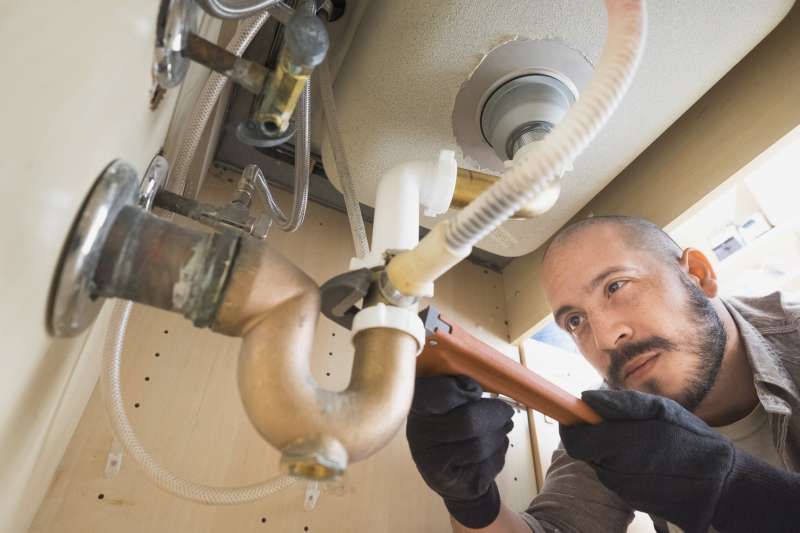
Rainwater Harvesting Systems
Setting up systems to collect and make use of rainwater.
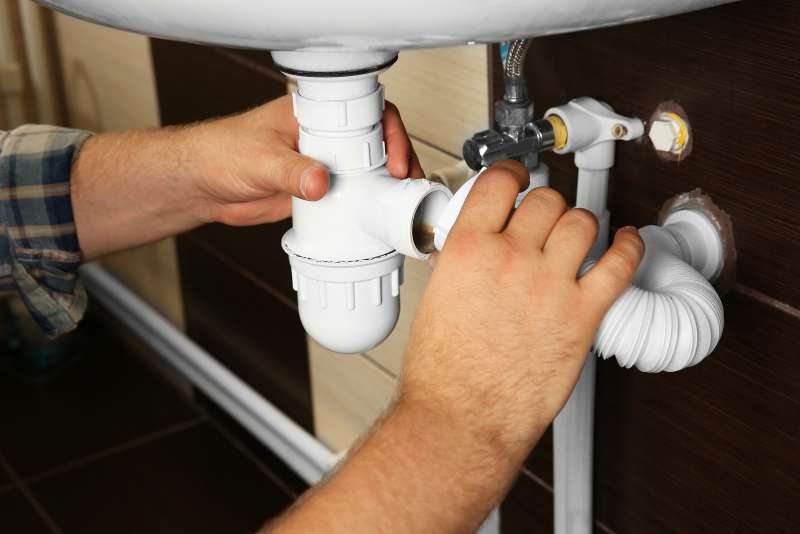
Regular Maintenance Contracts
Ongoing maintenance services for organizations.
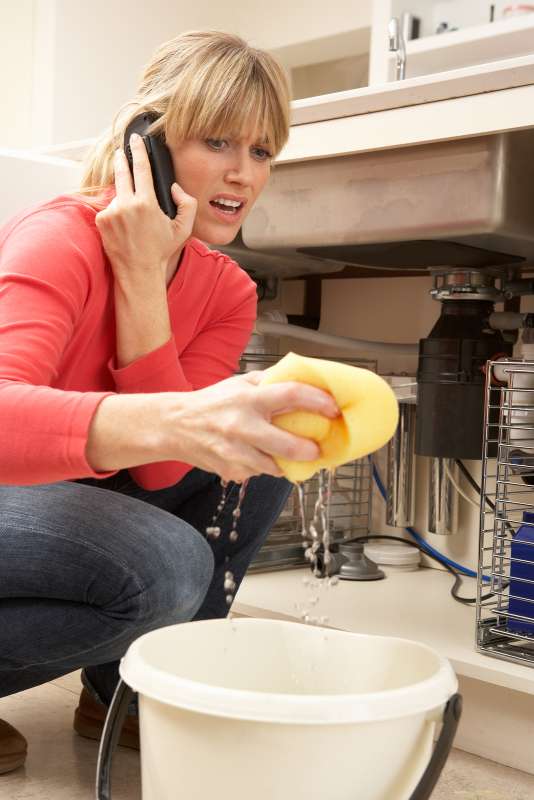
Septic System Services
Putting up, repairing, and maintaining septic systems.
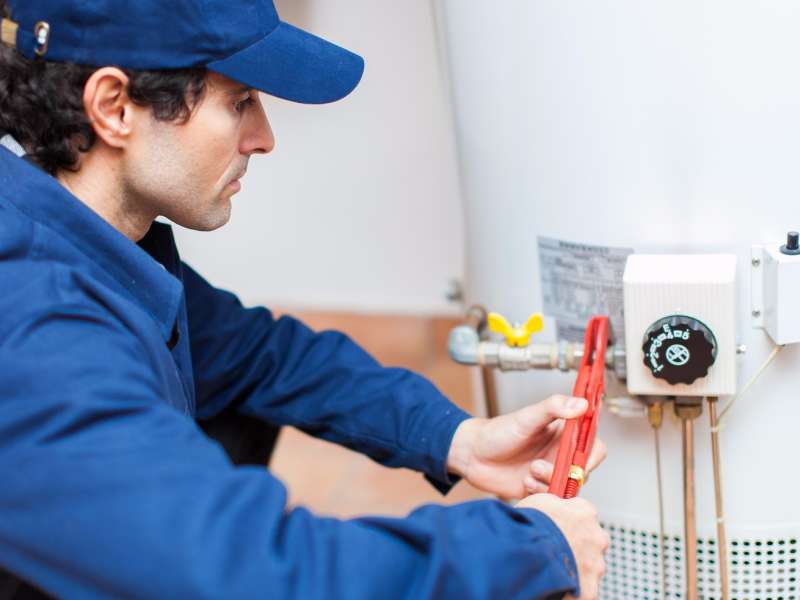
Sump Pump Installation and Repair
Managing groundwater in basements.
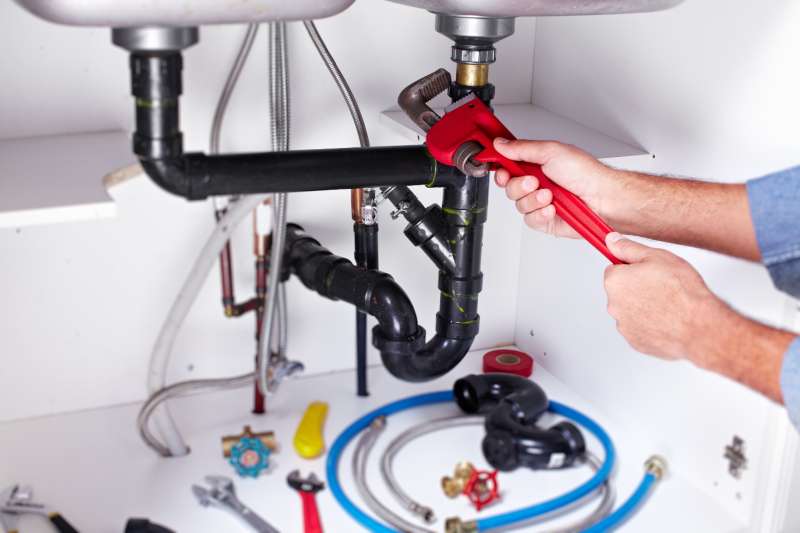
Upgrading Fixtures
Setting up water-efficient or contemporary components.
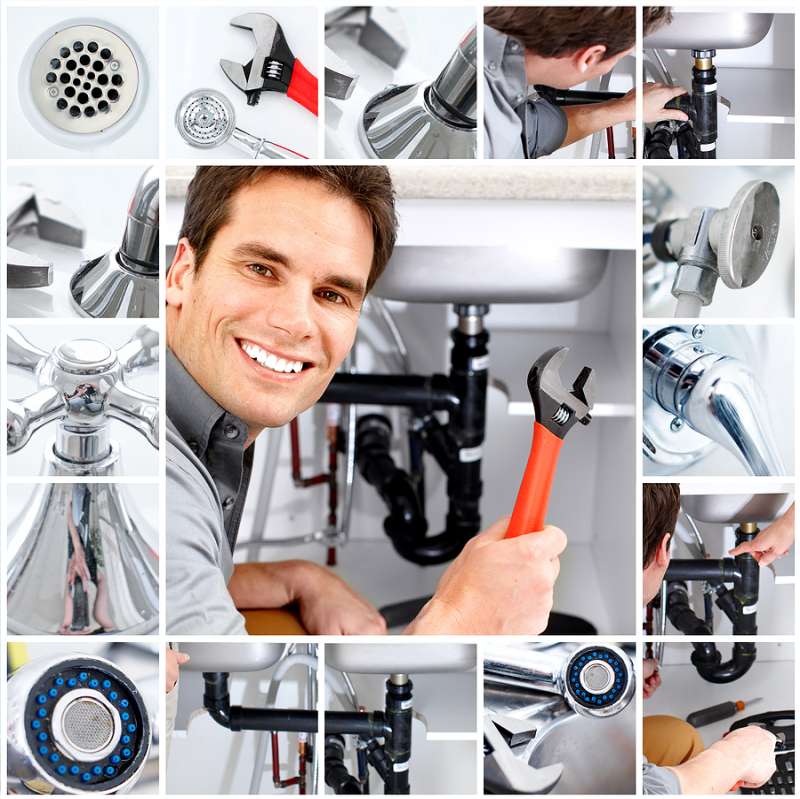
Water Efficiency Consulting
Encouraging on water-saving methods and products.
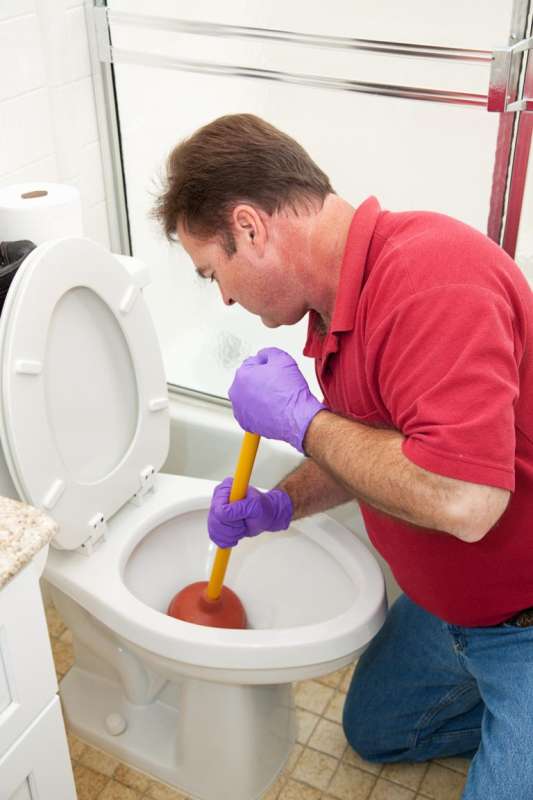
Water Filtration Systems
Installing water softeners and purification systems.
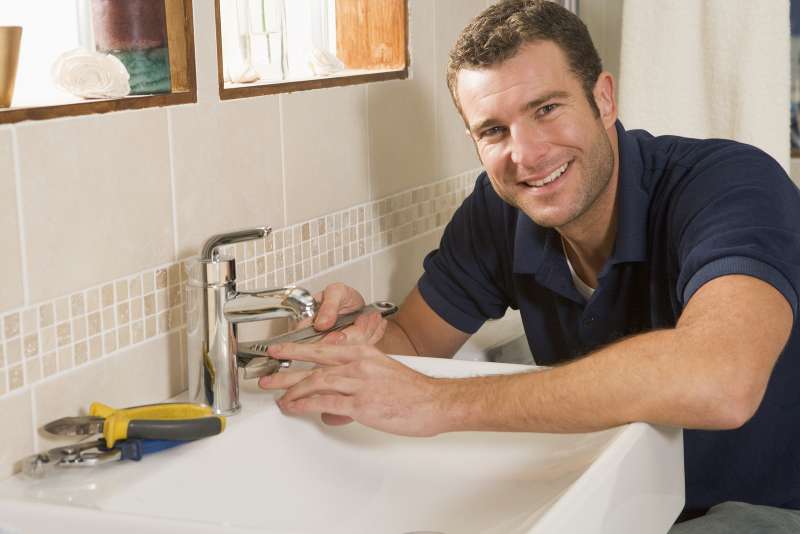
Water Heater Maintenance
Flushing and inspecting water heaters to prolong lifespan.

Water Heater Repair
Resolving concerns with temperature, leakages, or failure to heat water.
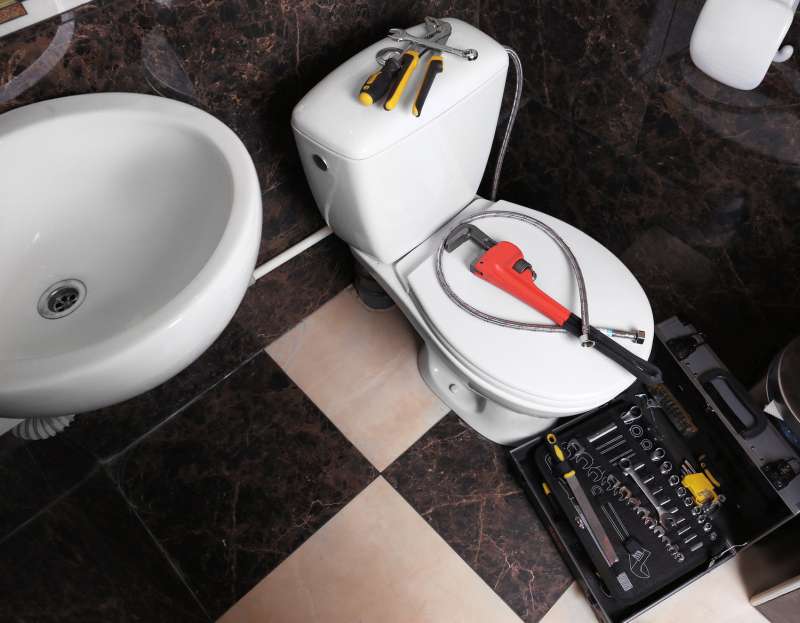
Waterproofing
Safeguarding basements or other locations from water invasion.
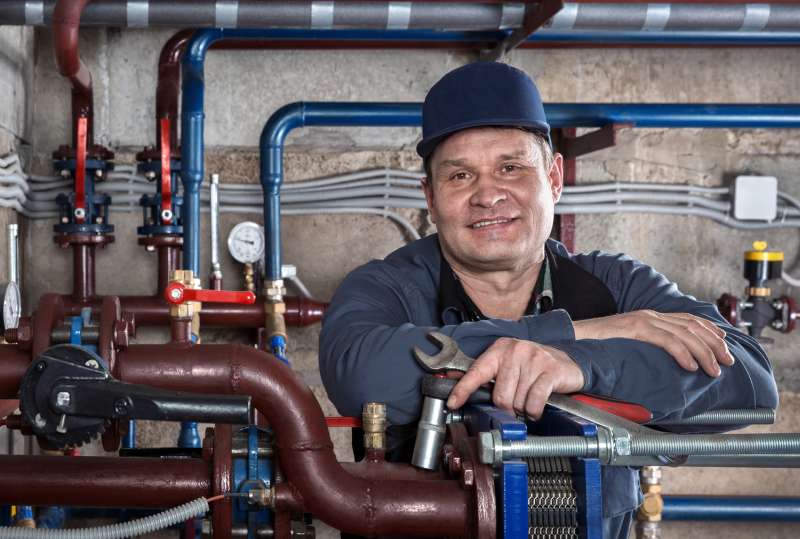
Sewer Backups
Immediate attention to prevent contamination and health risks.

